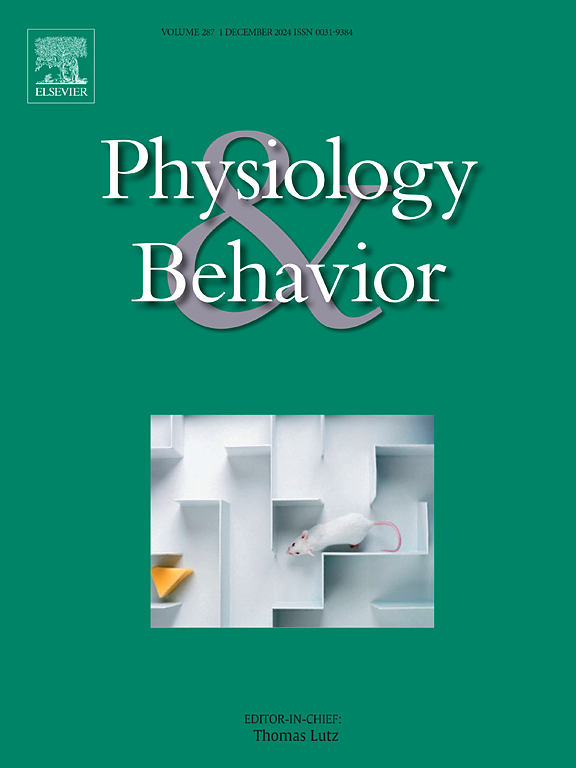深度学习潜水:通过新型水槽化验分析预测斑马鱼的焦虑症
IF 2.4
3区 医学
Q2 BEHAVIORAL SCIENCES
引用次数: 0
摘要
行为是神经科学研究的基础,它让人们深入了解思想、行动和反应的内在机制。小鼠、苍蝇和鱼类等各种模式生物被用来了解这些机制。斑马鱼尤其是研究焦虑样行为的重要模型,通常通过新型水槽潜水(NTD)试验进行测量。传统的 NTD 检测分析方法要么需要大量的人工,要么使用专业软件成本高昂。为了解决这些局限性,开发使用深度学习模型自动分析斑马鱼 NTD 检测的方法非常有用。在本研究中,我们使用 DeepLabCut 根据斑马鱼的焦虑程度对其进行分类。随后,基于图像帧的训练数据集,我们对深度学习模型进行了比较,以确定最适合将斑马鱼分类为焦虑或非焦虑的模型,并发现特定的架构(如 InceptionV3)能够有效地完成这一分类任务。我们的研究结果表明,这些深度学习模型有望用于斑马鱼的自动行为分析,为传统方法提供了一种高效、经济的替代方法。本文章由计算机程序翻译,如有差异,请以英文原文为准。
Deep learning dives: Predicting anxiety in zebrafish through novel tank assay analysis
Behavior is fundamental to neuroscience research, providing insights into the mechanisms underlying thoughts, actions and responses. Various model organisms, including mice, flies, and fish, are employed to understand these mechanisms. Zebrafish, in particular, serve as a valuable model for studying anxiety-like behavior, typically measured through the novel tank diving (NTD) assay. Traditional methods for analyzing NTD assays are either manually intensive or costly when using specialized software. To address these limitations, it is useful to develop methods for the automated analysis of zebrafish NTD assays using deep-learning models. In this study, we classified zebrafish based on their anxiety levels using DeepLabCut. Subsequently, based on a training dataset of image frames, we compared deep-learning models to identify the model best suited to classify zebrafish as anxious or non anxious and found that specific architectures, such as InceptionV3, are able to effectively perform this classification task. Our findings suggest that these deep learning models hold promise for automated behavioral analysis in zebrafish, offering an efficient and cost-effective alternative to traditional methods.
求助全文
通过发布文献求助,成功后即可免费获取论文全文。
去求助
来源期刊

Physiology & Behavior
医学-行为科学
CiteScore
5.70
自引率
3.40%
发文量
274
审稿时长
47 days
期刊介绍:
Physiology & Behavior is aimed at the causal physiological mechanisms of behavior and its modulation by environmental factors. The journal invites original reports in the broad area of behavioral and cognitive neuroscience, in which at least one variable is physiological and the primary emphasis and theoretical context are behavioral. The range of subjects includes behavioral neuroendocrinology, psychoneuroimmunology, learning and memory, ingestion, social behavior, and studies related to the mechanisms of psychopathology. Contemporary reviews and theoretical articles are welcomed and the Editors invite such proposals from interested authors.
 求助内容:
求助内容: 应助结果提醒方式:
应助结果提醒方式:


